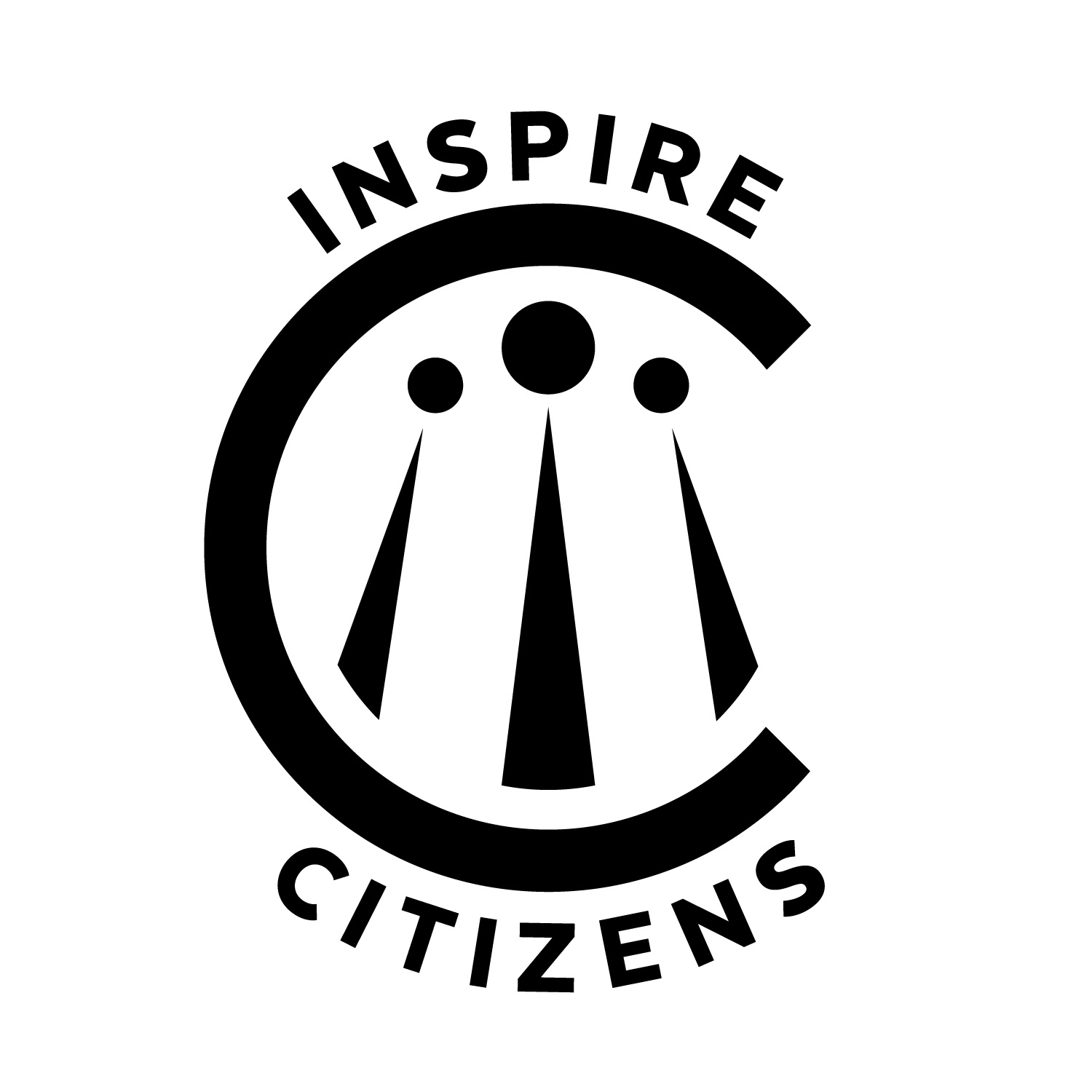In this pathway, schools commit to the importance of community wellness, with a sharpened focus on student and teacher holistic health. By involving representatives from all stakeholder communities, the school co-designs a shared, common framework for holistic wellbeing, purposeful and personalized indicators, and a variety of opportunities for all community members to partake in a community dedicated to balance.
Wellness can be an authentic focus for students impact projects and can be highlighted throughout all areas of the school such as: transdisciplinary studies, off-schedule events, student leadership programs, service learning, and physical and health education.
